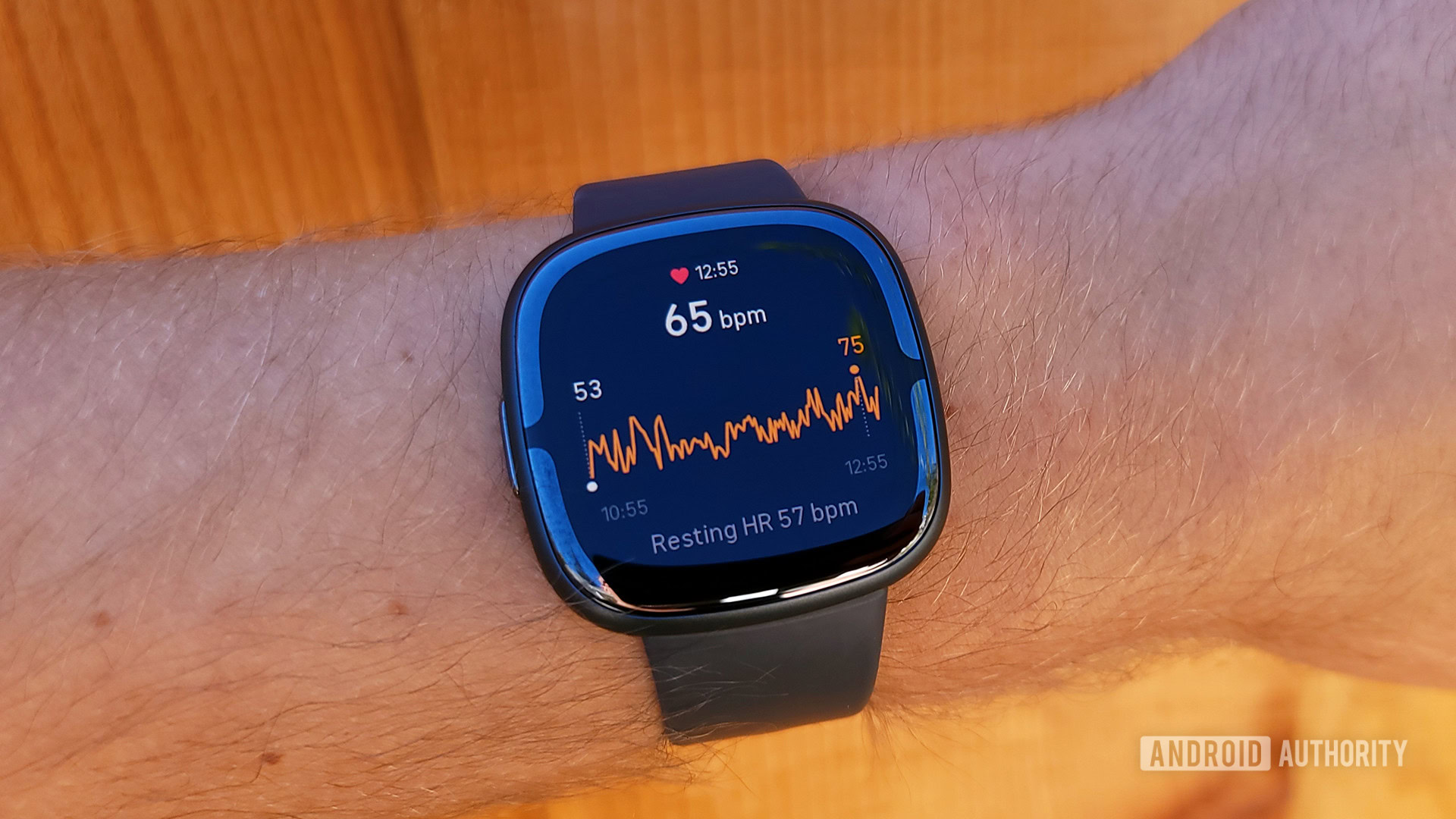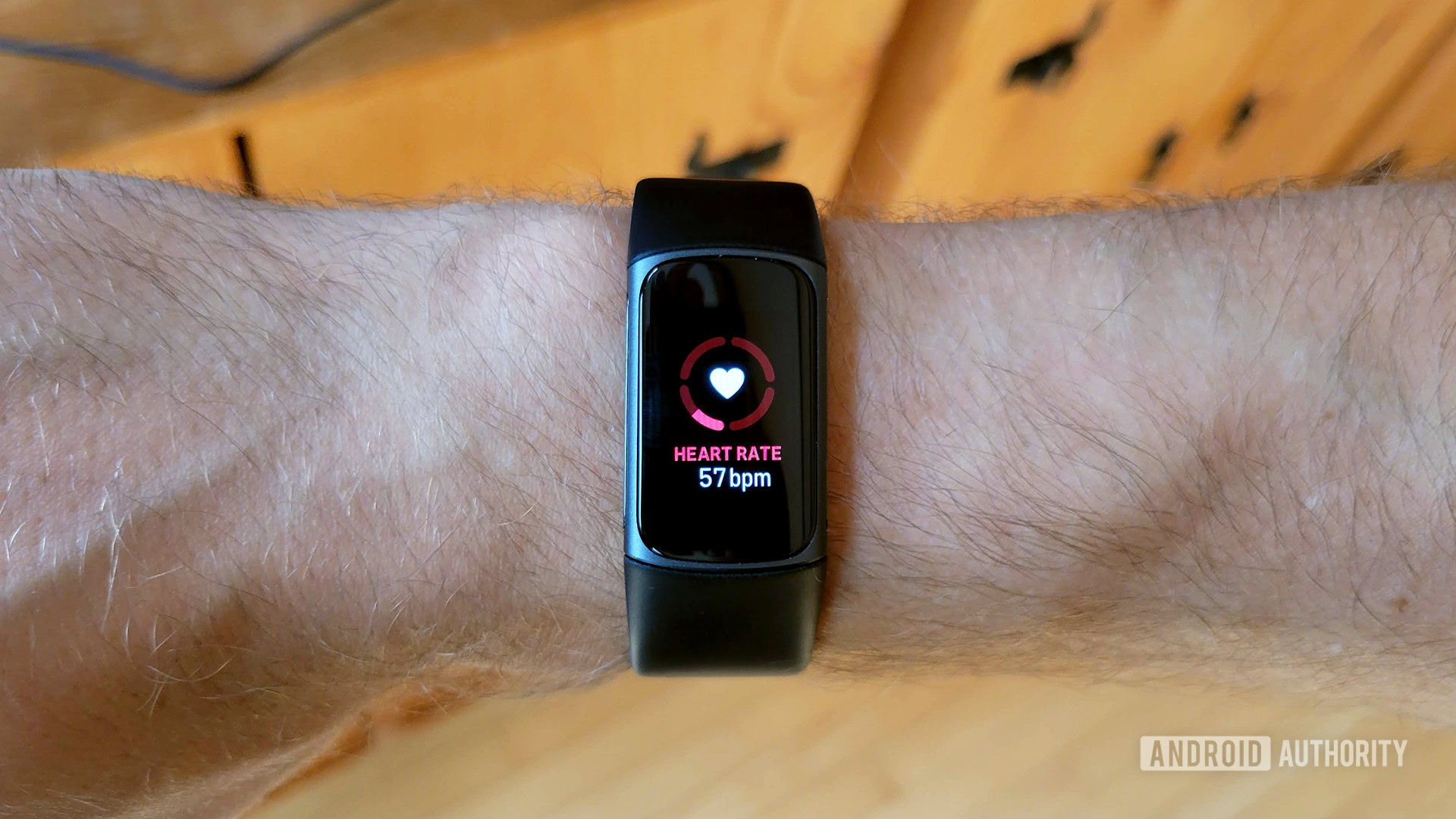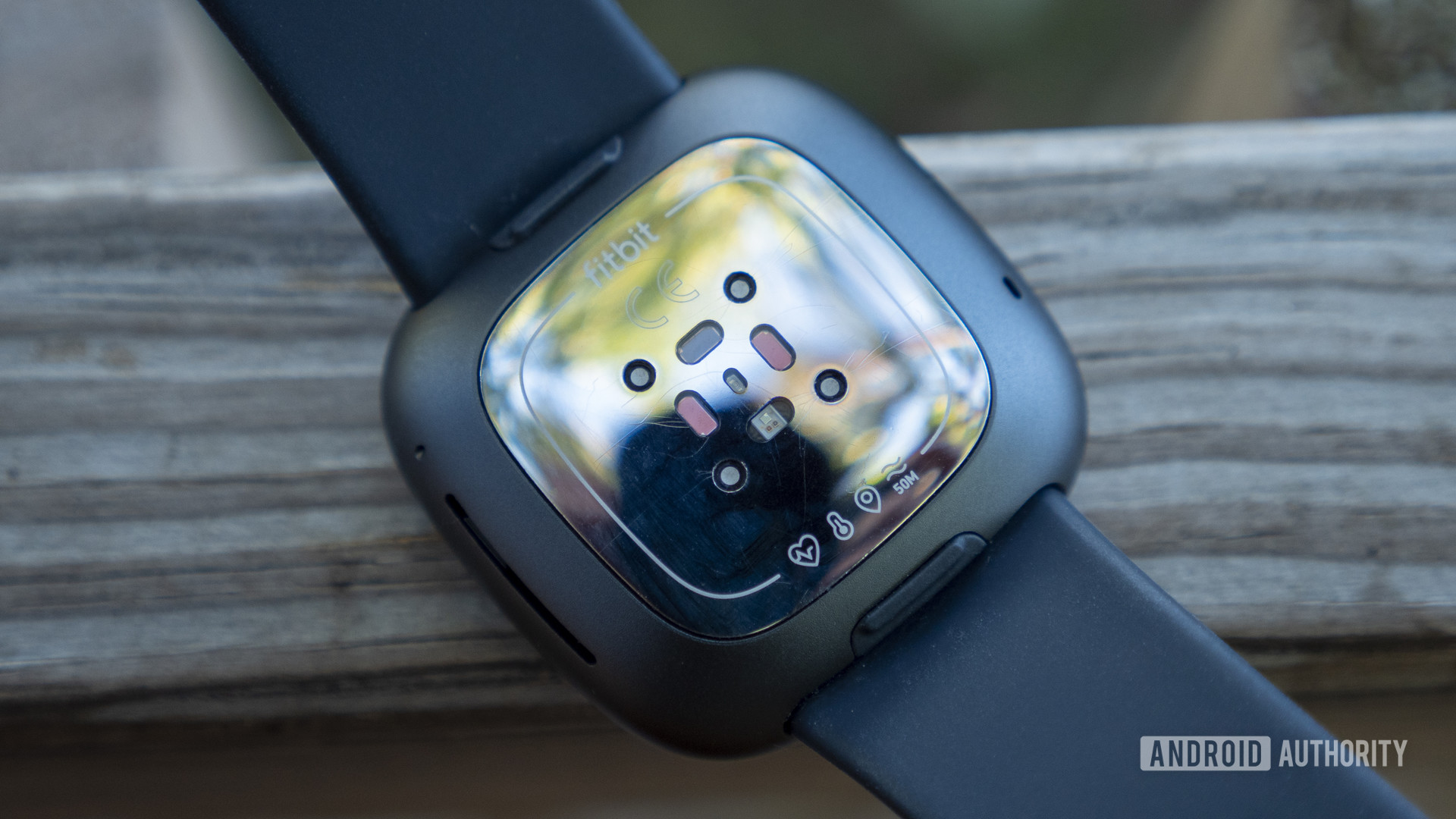Affiliate links on Android Authority may earn us a commission. Learn more.
How to enable AFib monitoring on Fitbit and why you should

Most of the best Fitbit trackers feature accurate heart rate monitors. These little sensors provide valuable insight into our ticker’s rhythm when resting or on the go, but heart rate alone is only a tiny snapshot of our overall heart health. Fitbit recently added atrial fibrillation (AFib) notifications and irregular heart rhythm monitoring to a select number of its devices. But what is AFib, why is it important, and how can you use your Fitbit device to monitor for instances of it?
QUICK ANSWER
To activate irregular heart rhythm notifications on Fitbit, open the app and select the You tab. Under the Health assessments section, select Set up in the Irregular rhythm notifications box. Tap Get Started and follow the prompts to complete the setup.
JUMP TO KEY SECTIONS
What is AFib?
In the simplest terms, atrial fibrillation, shortened to AFib, occurs when the heart’s upper sections beat at different rhythms, resulting in a quickened, irregular heart rate. According to Mayo Clinic, this condition could also result in shortness of breath, poor blood flow, and blood clots in the heart. AFib also increases the risk of a stroke. For this reason, users susceptible to AFib should use a heart rate monitor that can detect these abnormalities.
How does Fitbit’s AFib monitoring work?

Fitbit devices don’t have any dedicated AFib sensors onboard. Instead, they use their heart rate (PPG) sensors to keep track of your pulse rhythm. Viable data is collected over time and analyzed to provide a baseline heart rhythm. Fitbit can then compare this baseline to beat-by-beat measurements and alert users if it notices a large enough discrepancy. For context, Fitbit suggests a 10bpm increase in a short period of time might be enough to be considered irregular, but this data threshold will vary from person to person.
Importantly, Fitbit mentions that its irregular heart rhythm feature doesn’t “continuously” monitor for AFib, nor does it issue immediate alerts for instances of AFib. Fitbit also cautions that they may miss some cases of AFib. Additionally, only pulse rate data acquired when you’re still is used to inform the AFib monitoring system. This means it’s more important than ever to wear your Fitbit to bed if you want accurate results.
How do Fitbit’s ECG and irregular heart rhythm monitoring features differ?

While ECG and irregular heart rate monitoring both paint a picture of a user’s heart rate health, the two feature’s processes are entirely different.
The ECG (electrocardiogram) sensors on the Fitbit Charge 5, Fitbit Sense, and Sense 2 use electrical signals to survey a user’s heart performance in 30-second intervals. To get an ECG reading on these devices, users must initiate the process, and the resultant data is presented in a detailed PDF. A doctor can use the data acquired by the ECG to detect possible signs of AFib, but as it’s a spot check, this data can only ever be used retroactively.
Fitbit’s irregular heart rhythm monitoring system uses long-term pulse data and compares it to recent heart rate patterns. Once enabled by the user, this process automatically runs in the background and monitors a user’s heart rate when they are at rest. The irregular heart rhythm system will notify users of possible AFib instances recorded in the last 24 hours. While this isn’t a real-time solution to AFib monitoring, the irregular heart rhythm system benefits from being largely automated.
Which Fitbit devices feature AFib monitoring?

In April 2022, Fitbit announced plans to roll out irregular heart rhythm monitoring smarts to several of its devices. At present, more than a dozen of its smartwatches and trackers are supported. Impressively, it’s not just the company’s latest smartwatches and trackers that boast the feature. As the feature can utilize older sensors, the Fitbit Charge 3 and Versa Lite are included on the supported list. Cheaper devices, like the Inspire 3, also make the feature more accessible.
Fitbit devices with irregular heart rhythm monitoring
- Sense 2
- Sense
- Versa 4
- Versa 3
- Versa 2
- Versa Lite
- Charge 6
- Charge 5
- Charge 4
- Charge 3
- Luxe
- Inspire 3
- Inspire 2
- Pixel Watch
- Pixel Watch 2
Fitbit devices with an ECG sensor
- Sense 2
- Sense
- Charge 6
- Charge 5
- Pixel Watch
- Pixel Watch 2
Fitbit’s rivals do feature some heart rate rhythm monitoring. The Withings ScanWatch series can provide insight into potential AFib warning signs. Select Garmin devices, and the Apple Watch can detect potential signs of AFib through their ECG sensors. Notably, Samsung’s Galaxy Watch AFib features have been FDA-approved but aren’t yet available on any device.
How do I enable AFib monitoring on Fitbit?
To keep tabs on possible instances of AFib, you’ll need to enable irregular heart rhythm monitoring on your Fitbit.
- Open your Fitbit app.
- Open the You tab.
- Under the Health assessments section, tap Set up in the Irregular rhythm notifications box.
- Tap Get Started.
- Next, you’ll need to confirm your eligibility for the feature. Confirm your date of birth and confirm if you’ve been diagnosed with AFib previously. Tap Next when you’re done.
- We recommend reading through the next few pages, as Fitbit provides insight into how the feature works, what you should do if you receive a notification, and more.
- Tap Allow, then Next on the following page, then tap Turn on Feature.
- Finally, tap Next, and Done to complete setup.
Fitbit irregular heart rhythm monitoring feature is only available in a select number of countries, but more regions will be added as local clearance is obtained.
How to disable Fitbit irregular heart rhythm monitoring
- Open your Fitbit app.
- Open the You tab.
- Under the Health assessments section, tap View History. in the Irregular rhythm notifications box.
- At the top right of the page, tap the three-dot button. Select Settings.
- Tap Turn off feature. Confirm by tapping Turn off.
FAQs
In the US, the FDA cleared both Fitbit’s irregular heart rhythm monitoring and ECG systems.
According to a study conducted by the company, Fitbit devices were able to correctly identify AFib episodes 98% of the time.
You should consider contacting your doctor should Fitbit’s irregular heart rhythm system issue an alert.
The Fitbit Charge 5 can detect irregular heart rhythm. It also features an ECG sensor.